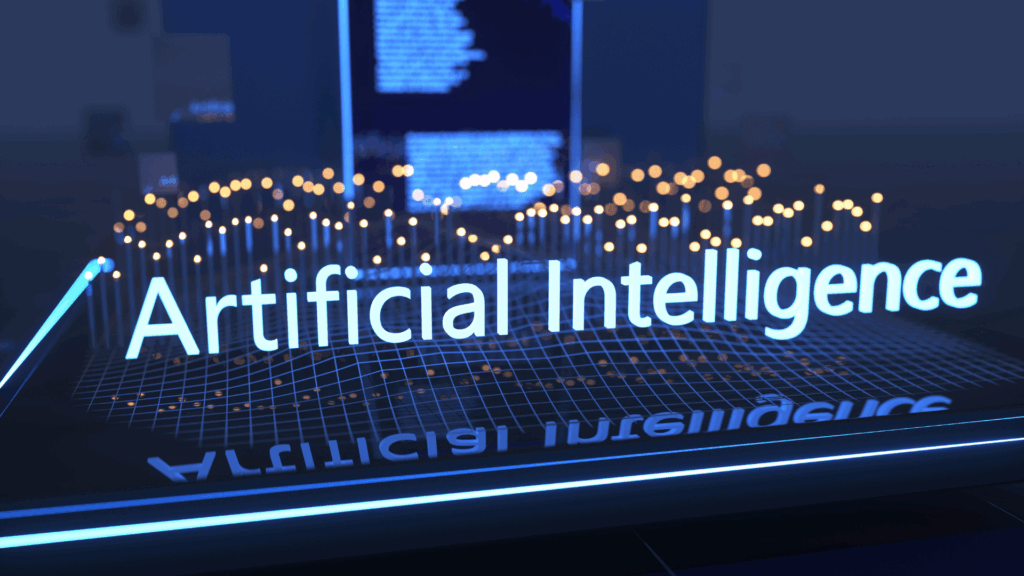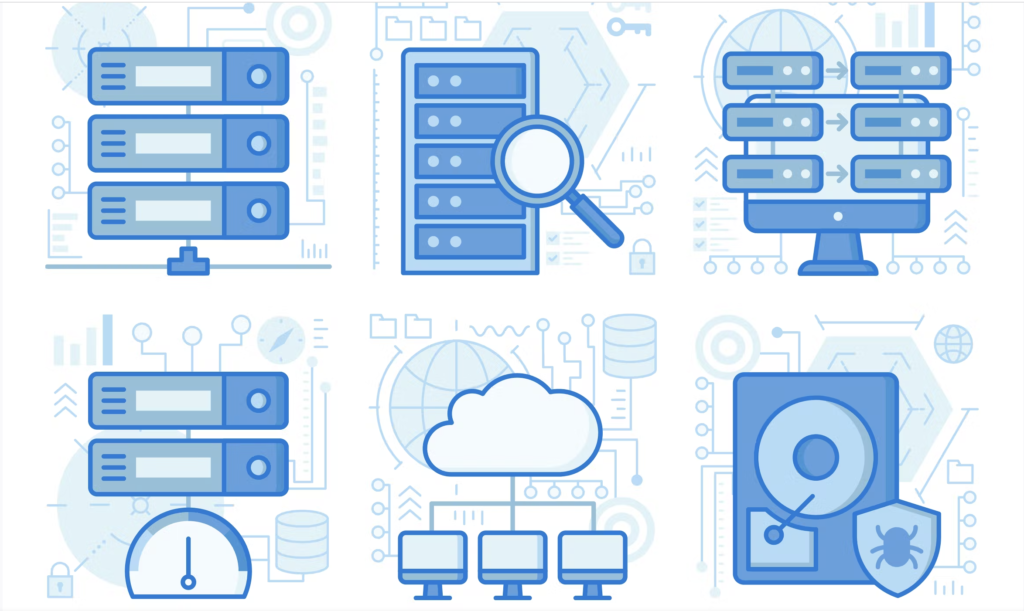Edge AI: The Next AI Revolution Is Happening on Your Laptop

AI’s Soaring Compute Needs: A Bottleneck for GenAI Titans
The pace of generative AI development, driven by models like GPT‑4, Gemini, Llama, Claude, and others, has been breathtaking. But this progress comes at a serious cost: massive compute requirements. Today’s top models demand fleets of GPUs and specialized chips, driving up energy consumption and straining both infrastructure and budgets.
To keep pace, companies like OpenAI, Google, Meta, Anthropic, and Amazon are pouring billions of dollars into AI-ready data centers, custom silicon, and green power agreements. For example, OpenAI recently signed a cloud partnership with Google to diversify away from Microsoft Azure, highlighting how compute constraints are reshaping alliances. OpenAI is also designing its own custom AI chip with TSMC, expected in 2026, to reduce dependency on Nvidia and address soaring GPU costs.
The Rise of Edge AI: More Than a UX Upgrade
While cloud remains essential, AI is starting to shift toward the edge – onto laptops, phones, and other endpoint devices. But let’s be clear: most edge AI experiences today still rely heavily on centralized cloud compute. Apps like ChatGPT and Microsoft Copilot primarily connect to powerful GenAI models hosted in the cloud, even when accessed through native desktop or mobile apps.
So why the growing interest in edge AI?
There are two main drivers right now: privacy and user experience. On-device processing allows personal data – like your photos, voice, or messages – to stay local, preserving confidentiality and improving compliance. It also improves the user experience by allowing people to use their computers in a more natural way and not force them into a browser chat window. It also allows some offline capabilities that can make a big difference in certain circumstances.
Real On-Device AI Is Already Here (in Small Doses)
Although most GenAI apps still rely on cloud inference, there’s a growing class of use cases running directly on-device. Some examples include:
- Apple’s iOS 18 and macOS Sequoia: With Apple Intelligence, tasks like text summarization, email prioritization, and app actions are handled on-device when possible, using Apple’s own large language models.
- Snapchat Lenses and AI filters: Visual effects and segmentation are processed in real time on smartphones using mobile GPUs and NPUs.
- Google’s Recorder App on Pixel phones: It transcribes and summarizes audio entirely offline.
- Samsung Galaxy AI features: Real-time call translation and photo editing tools operate locally on-device using Samsung’s NPUs.
These examples show that edge computing is not a distant vision; it’s already starting to take shape in practical, privacy-sensitive workflows.
GenAI Goes Native: Familiar Tools, Better UX
We’re also seeing standalone GenAI apps become more deeply integrated with operating systems:
- ChatGPT’s desktop client is now available natively on macOS and Windows, offering voice input, image support, and memory features in a dedicated app.
- Microsoft Copilot is embedded across Windows 11 and available as a standalone app, enabling voice, image, and document-based interactions across platforms.
While these apps currently rely on cloud compute, they deliver a smoother, more immersive UX that’s closer to a true OS-native experience.
The Road Ahead: More Compute at the Edge
Looking forward, we expect much more of GenAI’s compute to shift toward the edge. Why?
- Cloud infrastructure isn’t scaling fast enough. Energy use, hardware costs, and environmental concerns are forcing vendors to rethink compute distribution.
- Consumer devices are getting more powerful. Apple, Qualcomm, Intel, AMD, and Nvidia are all shipping chips with dedicated AI acceleration.
- New developer platforms are emerging. Apple’s Foundation Model APIs will enable third-party apps to tap into local intelligence. Others, including Microsoft and Google, are likely to follow suit.
This shift won’t eliminate the need for the cloud, but it will enable a more hybrid model: lightweight models and inference at the edge, with heavy-duty training and fallback processing in the cloud.
Why It Matters
- For users: Faster, smarter, more private AI that works even when you’re offline.
- For vendors: A way to reduce cloud dependency, distribute load, and deliver better UX.
- For the planet: An opportunity to reduce the carbon footprint of GenAI by decentralizing inference.
Final Thoughts
AI’s power curve is still rising, but so are the challenges of compute, cost, and climate. The answer lies in balance. By shifting more intelligence to the devices we already use, we can unlock a more sustainable and user-friendly AI future.
GenAI’s next frontier isn’t just in sprawling data centers; it’s in your laptop, your smartphone, and your living room.
In my next blog post, I’ll explore how the shift to edge AI is reshaping responsible AI and security – what it enables, what it complicates, and what it means for the future.
More Blogs



